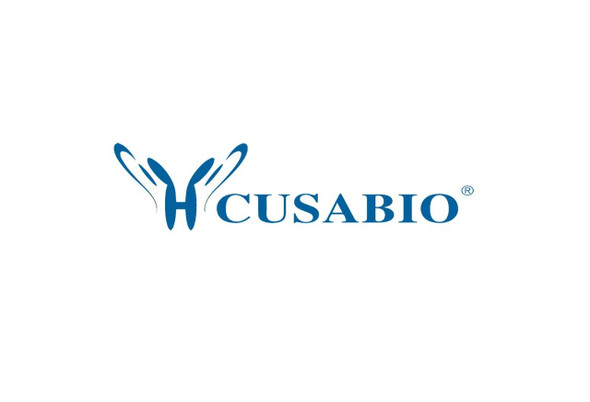Cusabio Staphylococcus aureus Recombinants
Recombinant Staphylococcus aureus Sensor protein kinase walK (walK), partial | CSB-EP409046FLG1
- SKU:
- CSB-EP409046FLG1
- Availability:
- 3 - 7 Working Days
Description
Recombinant Staphylococcus aureus Sensor protein kinase walK (walK), partial | CSB-EP409046FLG1 | Cusabio
Alternative Name(s): vicK
Gene Names: walK
Research Areas: Others
Organism: Staphylococcus aureus (strain Newman)
AA Sequence: NVSHELRTPLTSMNSYIEALEEGAWKDEELAPQFLSVTREETERMIRLVNDLLQLSKMDNESDQINKEIIDFNMFINKIINRHEMSAKDTTFIRDIPKKTIFTEFDPDKMTQVFDNVITNAMKYSRGDKRVEFHVKQNPLYNRMTIRIKDNGIGIPINKVDKIFDRFYRVDKARTRKMGGTGLGLAISKEIVEAHNGRIWANSVEGQGTSIFITLPCEV
Source: E.coli
Tag Info: N-terminal 10xHis-tagged and C-terminal Myc-tagged
Expression Region: 382-600aa
Sequence Info: Partial
MW: 29.3 kDa
Purity: Greater than 85% as determined by SDS-PAGE.
Relevance: Member of the two-component regulatory system WalK/WalR that regulates genes involved in autolysis, biofilm formation and cell wall metabolism. WalK functions as a sensor protein kinase which is autophosphorylated at a histidine residue and transfers its phosphate group to WalR.
Reference: "Genome sequence of Staphylococcus aureus strain Newman and comparative analysis of staphylococcal genomes: polymorphism and evolution of two major pathogenicity islands." Baba T., Bae T., Schneewind O., Takeuchi F., Hiramatsu K. J. Bacteriol. 190:300-310(2008)
Storage: The shelf life is related to many factors, storage state, buffer ingredients, storage temperature and the stability of the protein itself. Generally, the shelf life of liquid form is 6 months at -20?/-80?. The shelf life of lyophilized form is 12 months at -20?/-80?.
Notes: Repeated freezing and thawing is not recommended. Store working aliquots at 4? for up to one week.
Function: Member of the two-component regulatory system WalK/WalR that regulates genes involved in autolysis, biofilm formation and cell wall metabolism. WalK functions as a sensor protein kinase which is autophosphorylated at a histidine residue and transfers its phosphate group to WalR.
Involvement in disease:
Subcellular Location: Cell membrane, Multi-pass membrane protein
Protein Families:
Tissue Specificity:
Paythway:
Form: Liquid or Lyophilized powder
Buffer: If the delivery form is liquid, the default storage buffer is Tris/PBS-based buffer, 5%-50% glycerol. If the delivery form is lyophilized powder, the buffer before lyophilization is Tris/PBS-based buffer, 6% Trehalose, pH 8.0.
Reconstitution: We recommend that this vial be briefly centrifuged prior to opening to bring the contents to the bottom. Please reconstitute protein in deionized sterile water to a concentration of 0.1-1.0 mg/mL.We recommend to add 5-50% of glycerol (final concentration) and aliquot for long-term storage at -20?/-80?. Our default final concentration of glycerol is 50%. Customers could use it as reference.
Uniprot ID: A6QD58
HGNC Database Link: N/A
UniGene Database Link: N/A
KEGG Database Link: KEGG
STRING Database Link: N/A
OMIM Database Link: N/A









